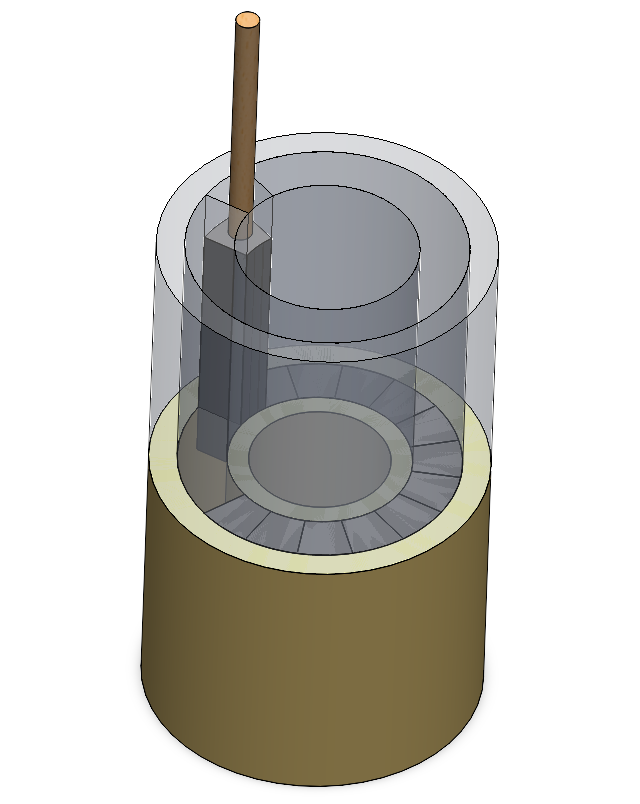Handling large and powerful permanent magnets can be a hazardous process. When magnetized, they can behave unpredictably, moving in ways that may not be anticipated and potentially pinching or trapping hands and fingers. Securing these magnets in place for gluing or assembly is also challenging, as they naturally shift toward their optimal magnetic circuit until firmly held in place. For small-scale magnets, basic clamps and simple fixtures can be sufficient. In low-order samples, gluing and setting within tolerance is often done by hand with minimal fixturing, holding the magnet until the adhesive sets enough to keep it in place.
However, this approach does not apply to larger magnets, where the required holding force is too great, and handling the magnet directly can be dangerous. Additionally, larger magnets require longer adhesive curing times to establish the necessary bonding strength. The greater the force involved, the longer the glue must set to ensure a secure bond.
To safely handle and assemble these more hazardous magnets, a process should be implemented to keep the technician isolated from unintended magnetic interactions. Regardless of size, magnets are relatively safe when suspended in open air without nearby ferromagnetic objects. By using specialized tooling and fixturing, these magnets can be moved and positioned while keeping hands safely out of the way. Standard handling practices for large magnets include using thick work gloves or insulating materials such as foam and textiles to increase distance from unintended magnetic attractions. This is particularly important when assembling magnet arrays for applications like magnetic torque couplings or Halbach arrays, where the magnets can be several inches in length and thickness.
When inserting magnets into an array, placement should be precise, with minimal error, while also isolating the technician from most of the magnetic force. For smaller or less hazardous arrays, 3D-printed fixtures made from ABS or PLA can be effective. However, in larger arrays, aluminum fixtures are recommended to prevent compression or bending.

For example, in a large torque coupling, magnets are arranged on a steel ring in an alternating pole configuration. To facilitate safe assembly, an aluminum fixture can be designed to fit securely between the magnets. If the fit is tight, the aluminum fixture will remain stable. The fixture should include precisely cut slots for magnet placement, extending well above the steel ring. A magnet can then be placed safely into a slot—since aluminum is non-ferromagnetic, it does not interfere with magnetic forces. The magnet can then be slid down slightly by hand. Using a press or clamping system with a pushrod (typically made of wood or aluminum), the magnet can be pushed fully into position without direct handling by the technician. Ideally, an adhesive would be pre-applied to the steel ring, with an activator on the magnet itself, allowing the fixture to remain in place as long as needed for the glue to cure before inserting the next magnet in the series.
With careful planning and creative fixturing, even large and powerful magnet arrays can be safely assembled by hand. Properly designed fixtures help ensure both safety and precision, allowing for the controlled assembly of complex magnetic systems. If you need assistance with fixturing solutions for your magnet assembly, contact Quadrant today to discuss how we can help improve safety and efficiency in your application.
